








|
We fell in love with this place the minute we woke up and looked out our balcony. The ship was meandering close to what appeared to just be the shore. It turned out that we were in the middle of an archipelago of more than 24,000 islands. At first the view was pure countryside, but then we started seeing homes splattered on the islands. As we approached Stockholm, the city emerged and it was still gorgeous. The city is spread across 14 islands, giving it the nickname of “Venice of the North”, and has been settled since the 6th millennium BC.
We went to the heart of the city and toured the Armory. A quick walk afterwards took us by the Royal Palace, and then we walked the streets until we stopped for lunch. After lunch, we went to City Hall and finally the Vasa Museum. |
|
Stockholm, Sweden |
|
5/28/15—6/8/15 |



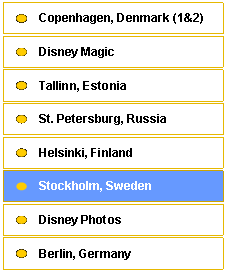



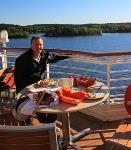
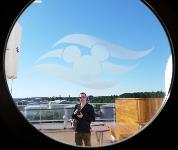
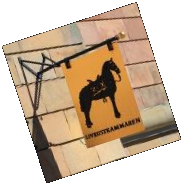
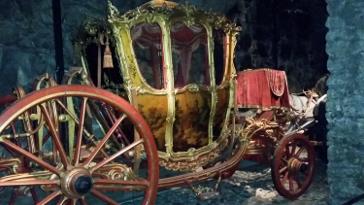
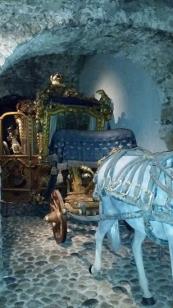
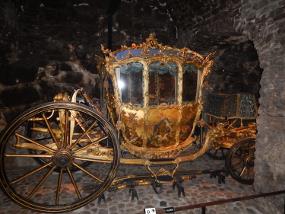
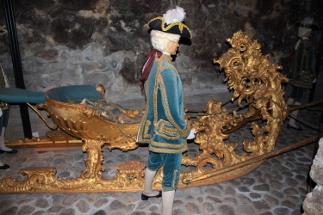
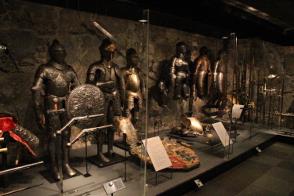
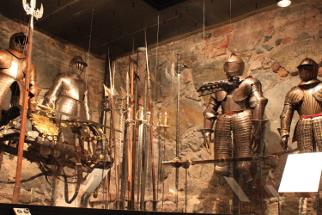
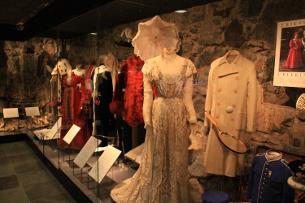
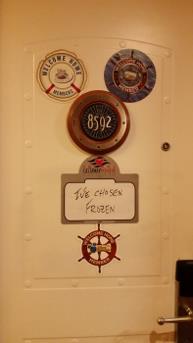
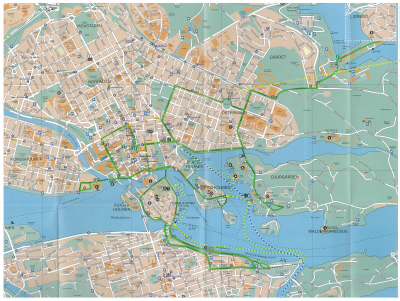

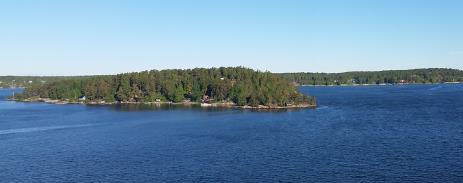

|
The view was stunning coming in, but I suppose the fact that it was a gorgeous day had a little bit to do with its beauty. |
|
Livrustkammaren, or the Royal Armoury, contains artifacts of Swedish military history and royalty, including a number of carriages and sleighs, armor, weapons, and royal gowns and coats. |
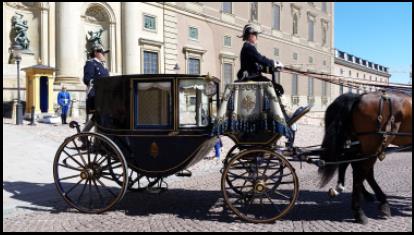
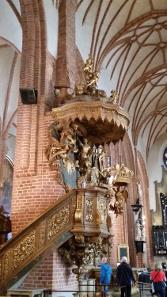
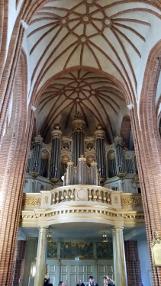
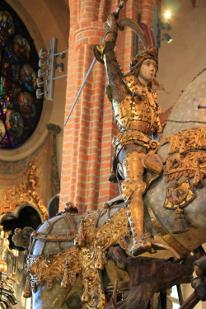
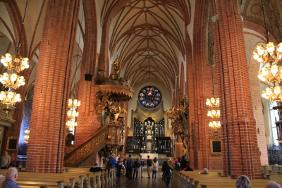
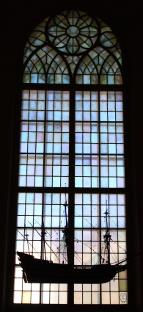
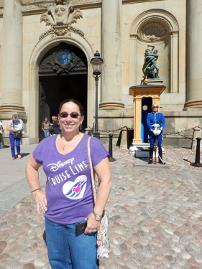
|
As we walked by the Royal Palace, the gates opened and some modern carriages came out. |
|
Storkyrkan, or the Church of St. Nicholas dates back to at least the late 1200’s. |
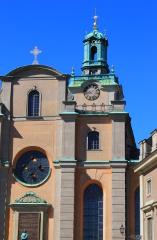
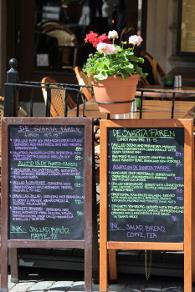
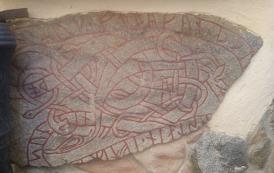
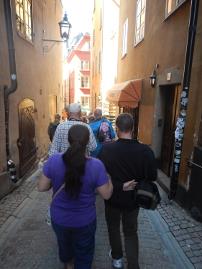
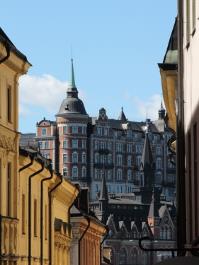
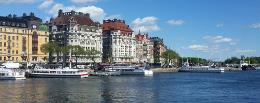
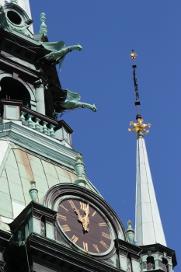

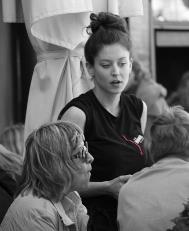
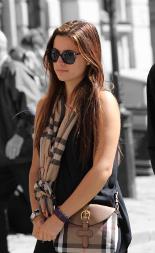
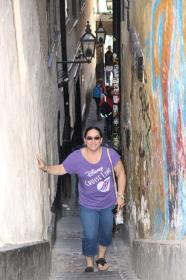
|
Streets scenes during our walk through the city. |
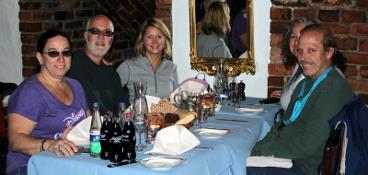
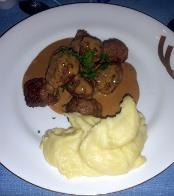
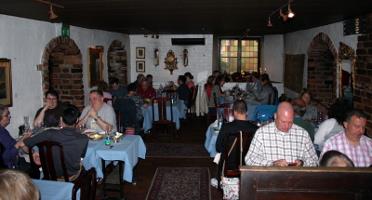
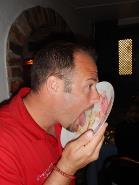
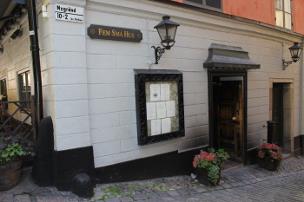
|
Lunch at Five Small Houses included meatballs of course. Obviously they were plate-licking good. |
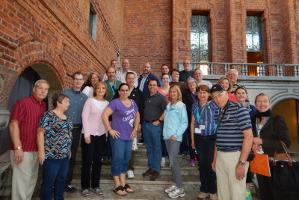
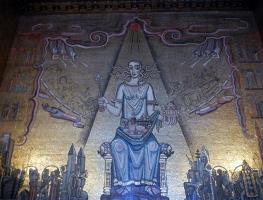
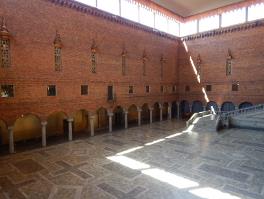

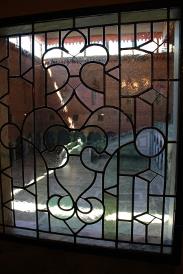
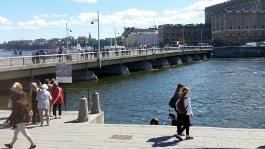
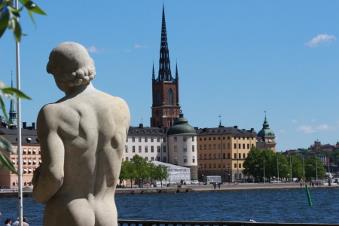
|
Stockholm’s City Hall was completed in 1923, but its architecture mimics buildings from a much earlier era. The Blue Hall (l) does not contain any blue, but it does contain a lot of red bricks. Outside (above) there was a nice courtyard facing Riddarholm church (top right), one of the oldest buildings in Stockholm dating back to the 13th century. |
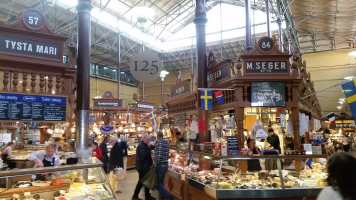
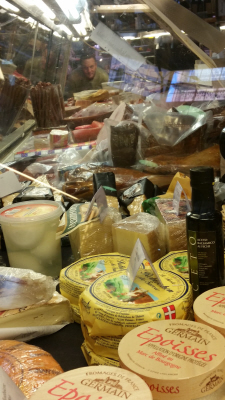
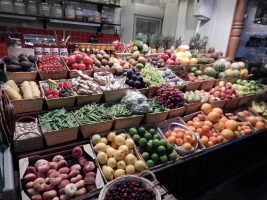
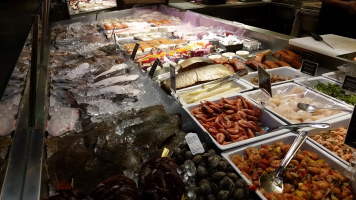
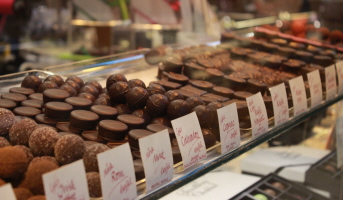

|
Ostermalmstorg Food Market had lots of produce, meats, cheese, chocolates, and even reindeer. |
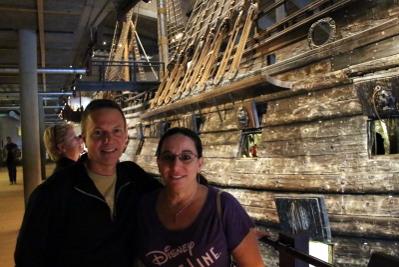

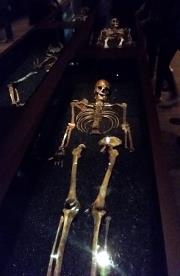
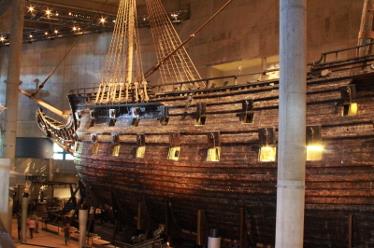
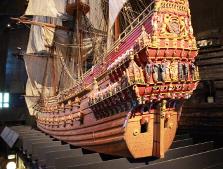
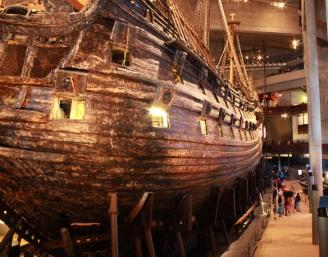
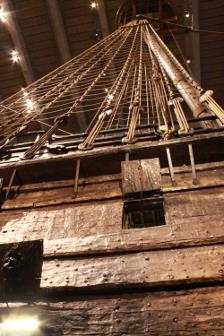
|
The Vasa Museum is a maritime museum located on the island of Djurgården. The museum displays the only almost fully intact 17th century ship that has ever been salvaged, the 64-gun warship Vasa that sank on her maiden voyage in 1628. The Vasa Museum opened in 1990 and is the most visited museum in Scandinavia. Built between 1626 and 1628, the ship sank after sailing about 1400 yards. Due to the cold brackish waters of the Baltic Sea, free of some worm that eats wood, the ship stayed fairly intact until it was raised over 300 years later. The museum was built around the raised ship. |
